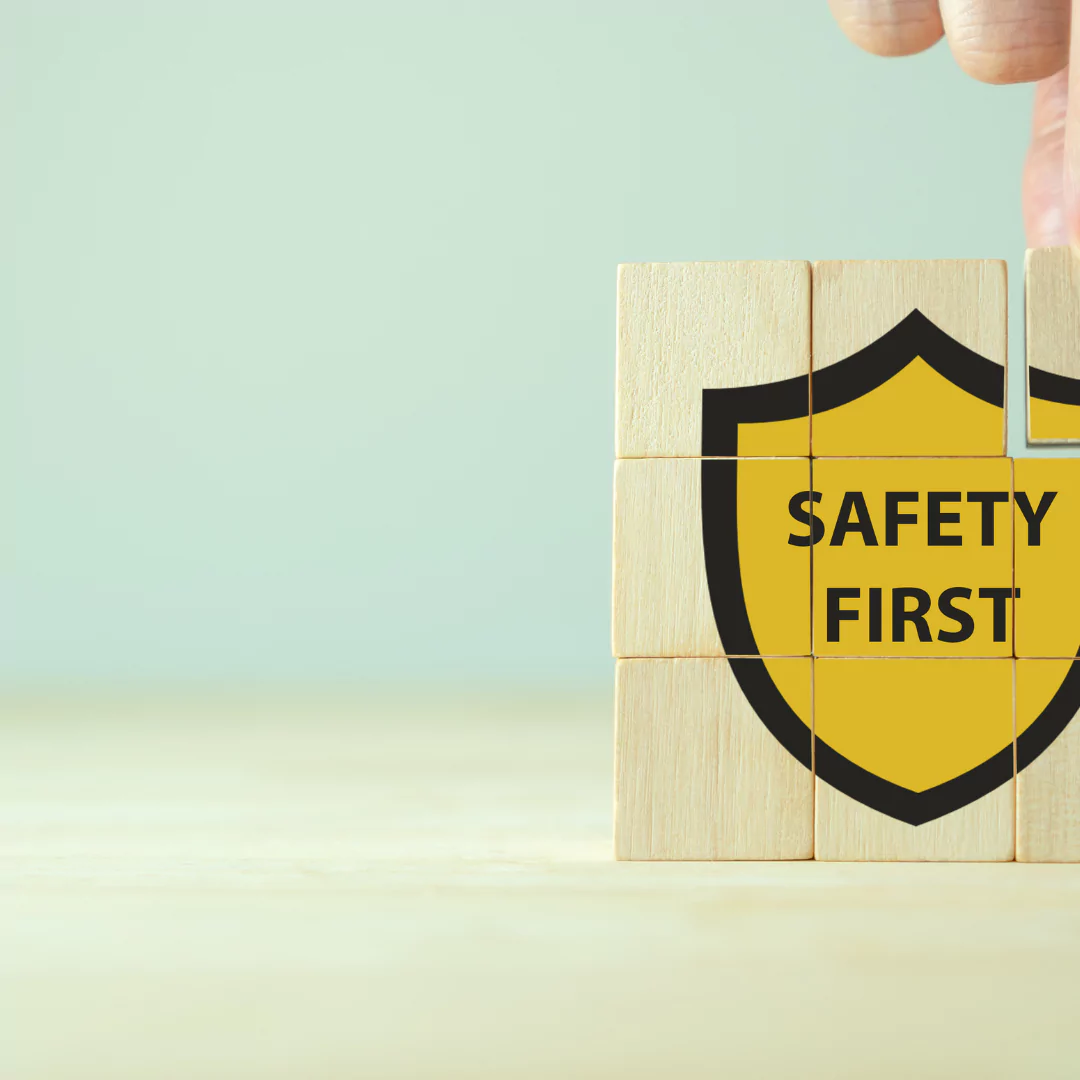Commercial Fire Risk Assessment in London: Legal Compliance, Fire safety Report FRA

The Imperative of Commercial Fire Risk Assessments:
For businesses, fire safety is not merely a checkbox on a regulatory list; it is a vital component of responsible operation. Commercial fire risk assessments serve as proactive tools to identify potential fire hazards, mitigate risks, and safeguard the lives of occupants within the commercial premises. Beyond legal compliance, these assessments are integral to fostering a secure environment conducive to business continuity.
Legal Obligations:
The Regulatory Reform (Fire Safety) Order 2005 establishes the legal framework for fire safety in non-domestic premises, including commercial establishments. Key legal obligations tied to commercial fire risk assessments include:
-
Conducting Regular Assessments: Business owners or responsible persons must conduct regular fire risk assessments to identify potential hazards, evaluate evacuation procedures, and implement fire safety measures.
-
Implementing Preventive Measures: Based on the assessment findings, businesses are legally obligated to implement necessary measures to prevent fires, including the installation of fire alarms, extinguishers, and emergency lighting.
-
Providing Fire Safety Training: Ensuring that employees are adequately trained on fire safety protocols and evacuation procedures is a legal requirement. This training contributes to a swift and orderly response in the event of a fire.
-
Regular Review and Updates: Fire risk assessments are not one-time events; they must be regularly reviewed and updated, especially if there are changes to the premises or operations that could affect fire safety.
Certification Procedures:
-
Engaging a Competent Assessor: The first step in commercial fire risk assessments is to engage the services of a competent fire risk assessor. This individual or company should have the expertise to assess the unique risks associated with the commercial space.
-
Initial Assessment Visit: The assessor will conduct an initial visit to the commercial premises to gather information about the layout, potential fire hazards, and existing fire safety measures.
-
Risk Identification and Evaluation: Through a systematic process, the assessor will identify and evaluate potential fire risks, considering factors such as the nature of the business, building design, and occupancy.
-
Documentation and Recommendations: The assessor will document their findings in a comprehensive report, detailing identified risks and providing recommendations for mitigating these risks. This report serves as a crucial document for legal compliance.
-
Implementation of Recommendations: Following the assessment, it is the responsibility of the business owner or responsible person to implement the recommended measures to address identified risks.
-
Review and Updates: Regular reviews and updates to the fire risk assessment are essential, especially if there are changes to the premises, operations, or fire safety regulations.
Engineer’s Role in Ensuring Comprehensive Fire Safety Measures:
-
Technical Expertise: Engineers bring technical expertise to the assessment process, ensuring a thorough evaluation of fire safety systems, including fire alarms, emergency lighting, and sprinkler systems.
-
Structural Assessment: Engineers evaluate the structural integrity of the commercial premises concerning fire safety, including the durability of fire-resistant materials and the suitability of escape routes.
-
Recommendations for Improvements: Based on their assessment, engineers provide detailed recommendations for improvements, whether it be upgrading fire suppression systems, enhancing escape routes, or implementing additional safety measures.
-
Verification of Remedial Actions: Engineers may be involved in verifying the successful implementation of recommended measures during follow-up visits, ensuring ongoing compliance with fire safety standards.
-
Education and Training: Engineers often play an educational role, offering guidance to businesses on best practices for fire safety and providing training on the proper use of fire safety equipment.
Conclusion:
Commercial fire risk assessments are not mere regulatory hoops for businesses to jump through; they are vital instruments in the orchestration of comprehensive fire safety. Through legal compliance and the expertise of engineers, businesses fortify their commitment to creating environments that prioritize the safety and well-being of all occupants. In this synergy between legal obligations and engineering proficiency, commercial spaces not only meet regulatory standards but actively contribute to a culture of safety and preparedness.



